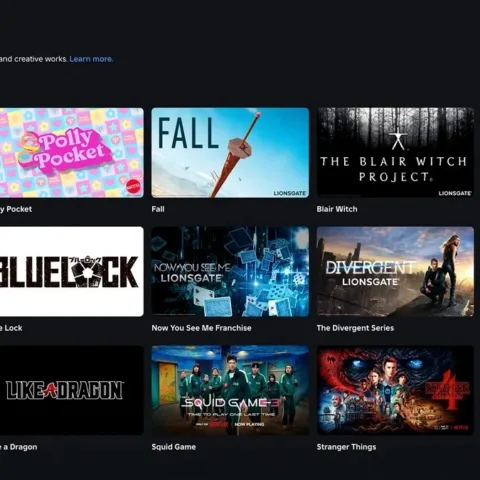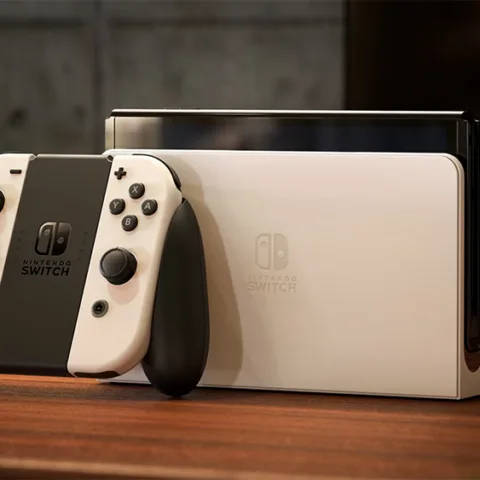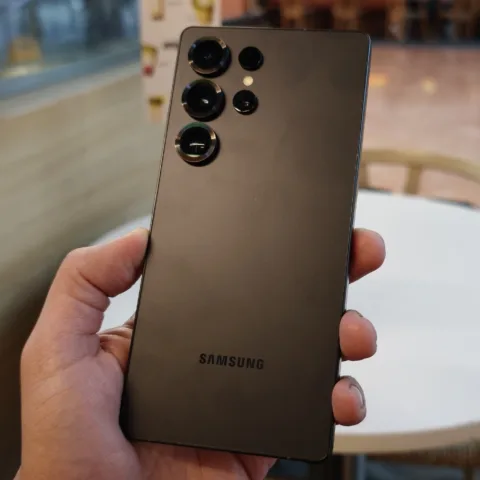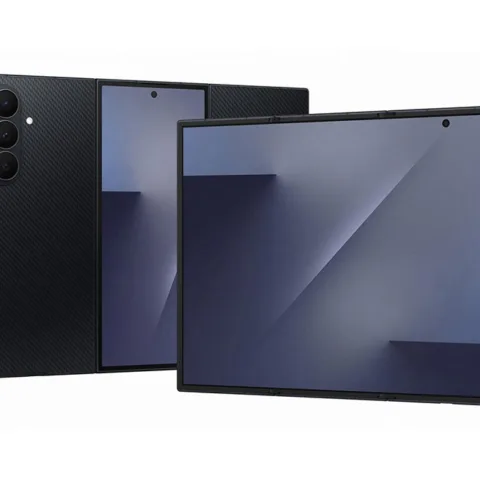Back in 1997, popular mobile games (or the only mobile games that exist) such as Snake in the Nokia phones were relatively simple in design. However, as mobile technology continues to develop, game devs continue to create more complex and interesting games. In 2002, X-Forge 3D was released. With this game engine, many games with 3D graphics or elements were created. And since then, mobile games have continued to evolve, not only in terms of visuals but also in gameplay mechanics.
The Growing Impact of the Mobile Platform in the Gaming Industry
The contribution and effects of mobile gaming on the gaming industry continue to rise every year. In 2020, almost half of the total revenue of the gaming industry came from the mobile platform. This year, mobile games contributed $90.7 billion USD — or about 52% — of the total game industry revenue, which is expected to reach $175.8 billion USD. Furthermore, when compared to the console and PC game industry, the mobile game industry also has the fastest growth rate. In the 2018-2021 period, the Compound Annual Growth Rate (CAGR) of the mobile game industry reached 13.1%, which is 5% greater than the average CAGR of the gaming industry.

Mobile gaming is not only superior in terms of generating revenue but also in terms of player numbers. According to Newzoo, the estimated number of gamers in the world in 2021 is 3.22 billion. 94% of these gamers, surprisingly, play games on mobile. Furthermore, there are approximately only 1.4 billion PC gamers and 900 million console gamers in the entire world. Therefore, the population of the gaming community is extensively dominated by mobile gamers.
If we observe how each region contributes to the growth of the overall gaming industry, Asia Pacific is still the region with the largest contribution. More specifically, the region contributed to 50% (or around $88.2 billion USD) of the total game industry revenue. However, China and the United States are the two countries with the biggest gaming industries as around 48% of the gaming industry income originates from these two countries. The gaming industry in China and the US is worth $45.6 billion USD and $39.1 billion USD, respectively.
Trends in Mobile Gaming
Due to the influx of people entering the world of mobile gaming, more and more developers are becoming interested in creating mobile games themselves. Even giant gaming companies that have solely focused on PC or consoles begin to dive into the mobile gaming scene. We can take Riot Games as an example. For 10 years, they put almost all of their focus on developing and perfecting League of Legends, their primary PC game franchise. Riot even had some disagreement with Tencent in the past since they didn’t want to launch League of Legends on mobile. Ironically, however, Riot decided to finally launch League of Legends: Wild Rift for mobile in 2020.
Blizzard Entertainment and Nintendo have also attempted to publish their own mobile game franchises. Electronic Arts have also acquired Glu Mobile, showing their interest in jumping into the mobile gaming genre. There are also some reports that EA will release a mobile version of Apex Legends next year. Besides Apex Legends, several popular game franchises, such as Devil May Cry and Final Fantasy, now also have their own mobile version. Currently, more and more popular PC and console games are also being released in mobile as game developers continue to find ingenious ways to accommodate the gaming experience into a smartphone.
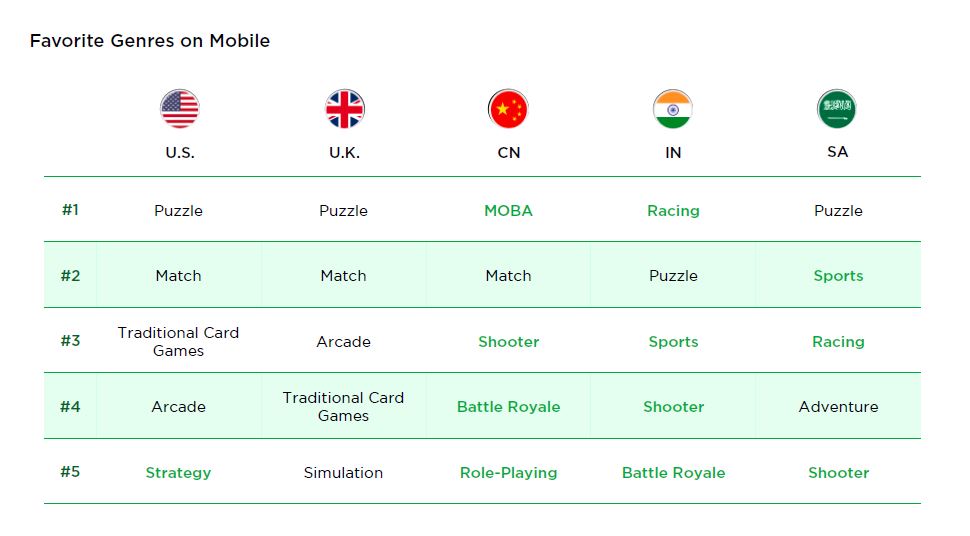
Mobile games are also highly popular in developing countries, including China and India, due to their relatively low entry barrier. Thus, developers who want to target the gaming market in these countries can do so by publishing a mobile game. However, it should be noted that mobile gamers in these developing countries usually prefer the more complex and competitive mobile games. In China, for instance, most gamers love the MOBA genre, followed by puzzle, shooter, and battle royale. Indian gamers, similarly, mostly play racing, puzzle, sports, and shooter games. In Saudi Arabia, the top popular gaming genres are puzzle, sports, racing, and adventure.
In contrast, the favorite genres of mobile gamers in the US are puzzle, match, traditional card games, and arcade. Mobile gamers in the UK also seem to have a similar taste as that of the US. Perhaps the only popular competitive genre in the US is strategy, which is why games like Clash of Clans and Clash Royale from Supercell are quite trendy there. Furthermore, the 4X strategy games created by a handful of Chinese developers has also sold well in the US, making it into the list of the most popular mobile games in the country.
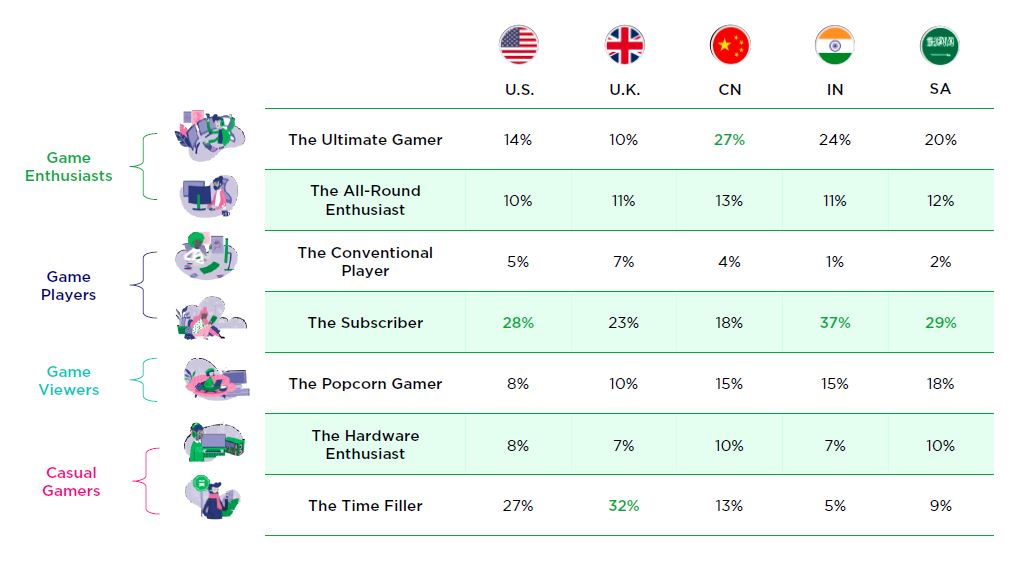
In its report, Newzoo categorizes mobile gamers into seven groups: Ultimate Gamer, All-Round Enthusiast, Subscriber, Conventional Player, Hardware Enthusiast, Popcorn Gamer, and Time Filler. The two most popular gamer personas are Time Fillers (24%) and Subscribers (23%). Time Fillers generally only play games in their spare time or at social events. Subscribers, on the other hand, love to play high-quality games, especially the free-to-play ones. They will also only purchase the necessary gaming hardware to be able to run the game.
Most mobile gamers in China fit into the Ultimate Gamer persona who spend most of their time and money on games. In Saudi Arabia, the US, and India, the Subscriber group are most prevalent, while UK mobile gamers generally fall into the Time Fillers group.
The Development of China’s Mobile Gaming Industry
Currently, China is the country with the largest number of core mobile gamers. The reason why this came to be was interestingly tied to the Chinese’s government decision to ban console games up to 2015. As a result, PCs became the primary gaming platform in the country. The popular PC games in China mostly come from the competitive genre such as FPS (Counter-Strike) or MMORPGs (World of Warcraft and Fantasy Westward).
It was only in 2010 that gamers in China were introduced to mobile games through the likes of Angry Birds and Fruit Ninja. Concurrently, local smartphone companies such as Xiaomi, OPPO, Vivo, and Huawei, began to shift their target market into lower and middle-class users. Slowly but surely, they began to dominate the smartphone market in China, and almost everyone in the country now has access to a smartphone.
Seizing the growth of the smartphone market, several game developers begin creating games on the mobile platform. In 2012, Shenxiandao Mobile was launched. This release also inspired game developers to recreate mobile games that were based off popular browser games. One year later, Locojoy released I AM MT, a mobile game that successfully integrated PC game mechanics into mobile.
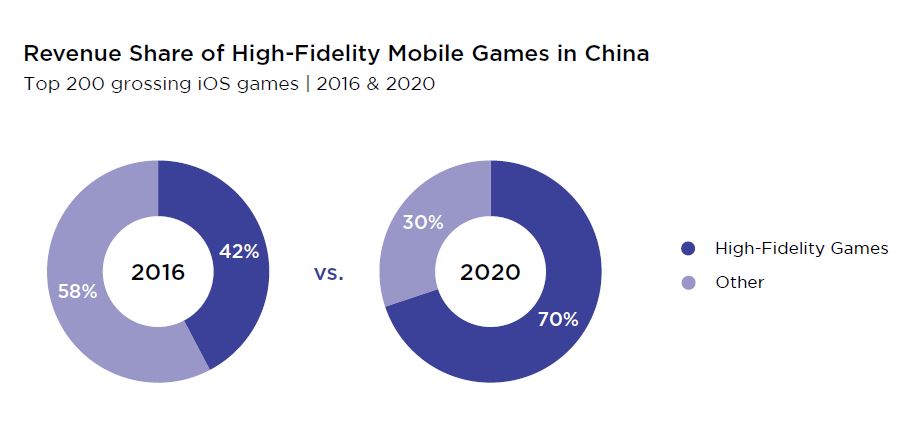
Game developers continue to optimize the mobile gaming mechanics to reach the standards of the PC gaming experience. Honor of Kings, released in 2015, was one of the games that had major breakthroughs in this regard. Fantasy Westward Journey and CrossFire Mobile are also prime examples of successful PC-adapted mobile games. These two games still holds the record of one of the best-selling games in China.
Trends in the PC gaming world are also often copied in mobile gaming. For instance, when the Battle Royale genre was becoming a craze in the PC gaming community, Tencent soon released PUBG Mobile, which was later re-released under the name Peacekeeper Elite.
The boom of mobile gaming in China has undoubtedly driven the emergence of mobile esports. The first-ever global mobile esports tournament was held in China back in 2019. Today, many Chinese game developers are experimenting and trending toward cross-platform games. Not so recently, miHoYo launched one of the hottest and most successful games in 2020 called Genshin Impact. And after the release of Revelation Mobile in January, it is safe to say that the trend of cross-platform games will continue for the near future.
Featured Image: Freepik. Translated by: Ananto Joyoadikusumo


